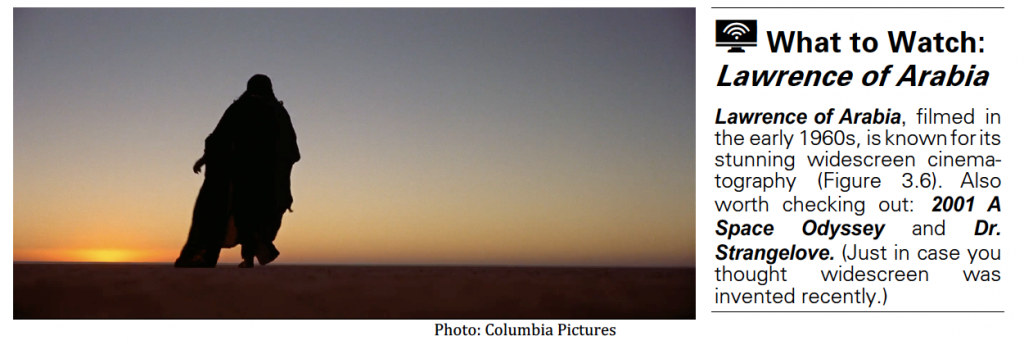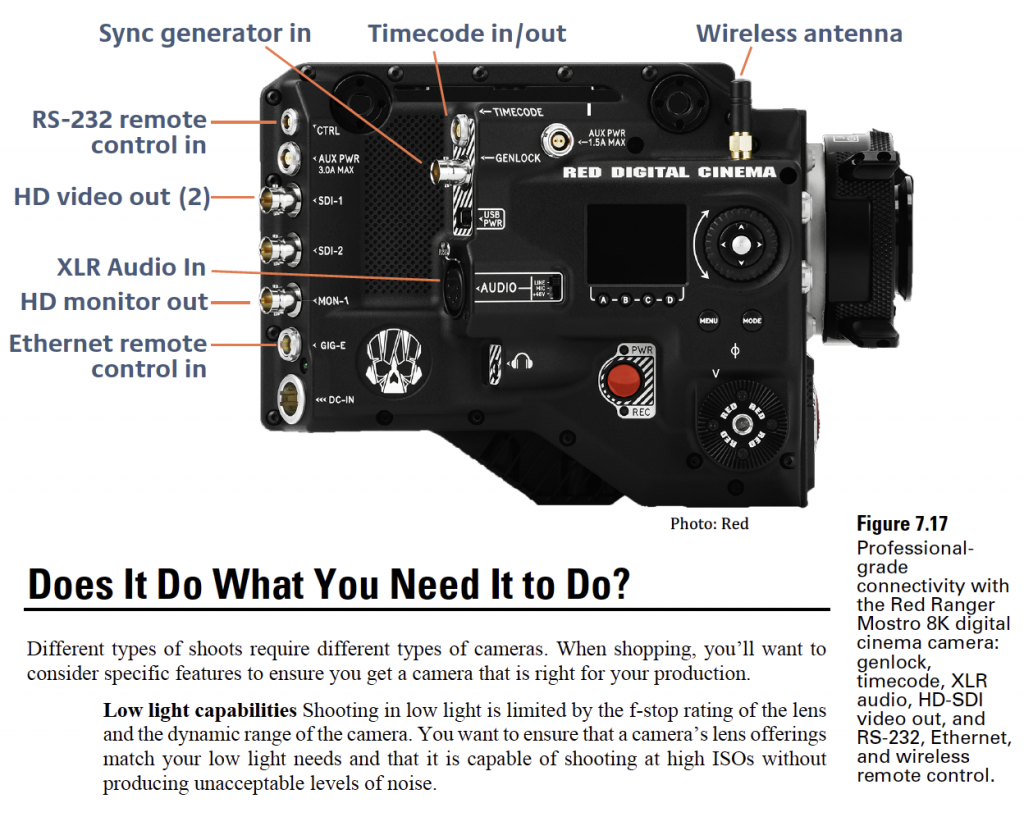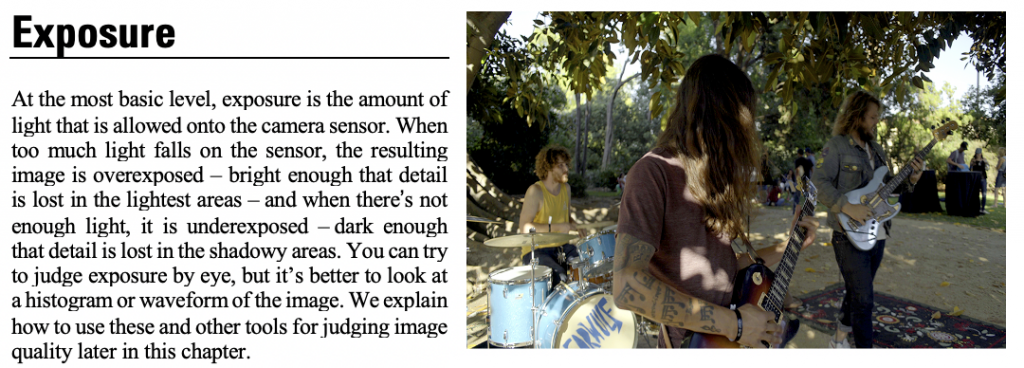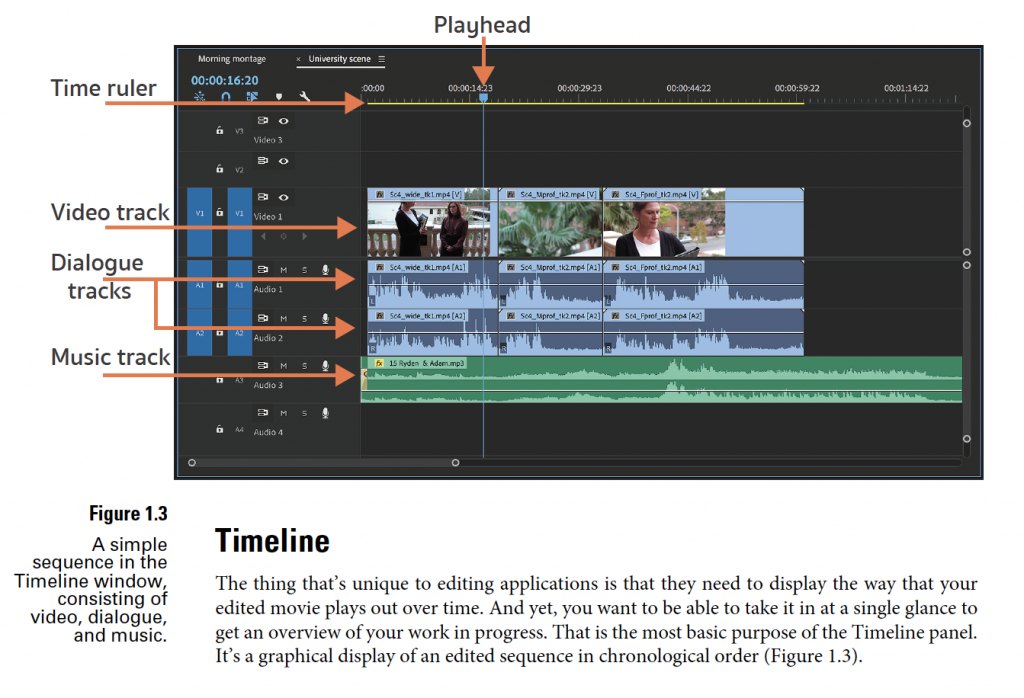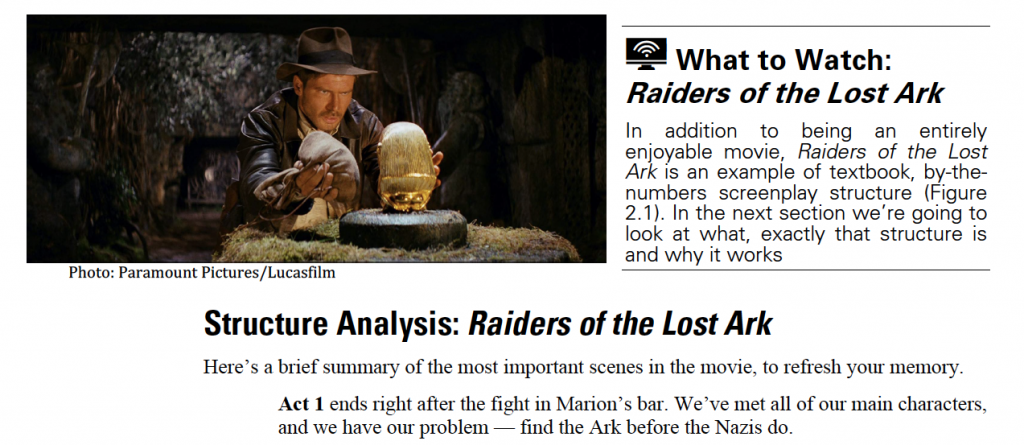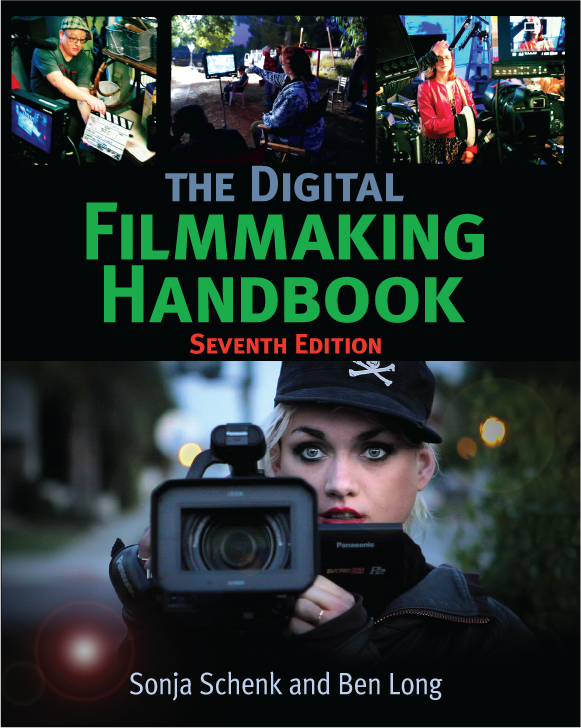Who Hasn’t Dreamed of Making a Movie?
Not just for the glamour and the thrills, but as a way to get your story out into the world, the story that only you can tell.
For this edition, we’ve focused on soft skills: developing a project, writing a compelling story, working with actors, the special challenges of directing. After all, these are the things that really matter in the end – skills that help you tell any story. But don’t worry, you can’t keep us away from technology and a lot has changed since the previous edition. Digital cinema cameras keep getting better and there are important changes to the workflow from set to the editing room. The internet of thins continues to improve gear, from remote-controllable lighting to GPS-based motion tracking and live virtual sets – it’s an exciting time to be a filmmaker!
We’re here to help you navigate the complex but increasingly unlimited landscape of independent filmmaking, whether you making a short, a series, or a feature film.
The Digital Filmmaking Handbook will show you how to make the movie you’ve been dreaming about.
The Digital Filmmaking Handbook is a top-rated bestseller. It’s been in print for over 20 years. It offer 400 full-color pages of regularly updated information on all aspects of filmmaking. It has even spawned a series of companion books, The Digital Filmmaking Handbook Presents.
New in This Edition:
Every time we revise this book, we take the opportunity to step back and look at the big picture. What has changed in the entertainment industry since the last edition?
In a word? Image quality. Okay, that’s two words, but explaining how to achieve the best image quality has been one of the driving concerns of this book since the first edition back in 2000. And while it is still important, over the last twenty years things have changed radically because the image quality of modern digital cinema cameras and video formats is now very good. So the quest for attaining film-like imagery, the dangers of poor-quality video, the fear of seeing something tiny blown up on a massive screen and turned into a pile of mush—all that has dropped away. You can get fantastic image quality from cameras that cost under $1000 and if you spend more, quality only gets better.
In this edition, we have broken out some large chapters into smaller, separate chapters: producing, writing, planning, and directing actors are all topics that stand alone now. In doing so, we took a more nuanced look at some of the nuts and bolts of filmmaking—the role of the producer, the tasks of the screenwriter, and the challenges of the director. Given that many independent or new filmmakers will wear all those hats on the same project, we think it’s important to not assume that a separate producer or writer will do that work. We’ve also broken out the camera and shooting material into three chapters: understanding the camera, filming techniques, and advanced shooting. To understand the technology that underlies all the above, we’ve done a major overhaul of Chapter 3, Digital Video Primer, with a focus on how digital video technology ultimately serves the filmmaker—a bit more of the why instead of just the what, including a teeny bit of relevant art history.
Is it shorter? No, we’ve redesigned the book and made the pages a bit larger, so the result is fewer pages but the same amount of content. This was done in part to keep the price low because we’ve (finally!) switched to a full-color images. Having better quality, color images also made it possible to incorporate more still images from classic films and to add key diagrams and illustrations where appropriate.
Finally, we know that experience is the best way to learn, so we’ve provided exercises and tutorials throughout the book. And at the end of each chapter, we’ve added a special section called Problems to Solve, which features a list of questions and suggestions that can be used as exercises or assignments.
Look Inside:

